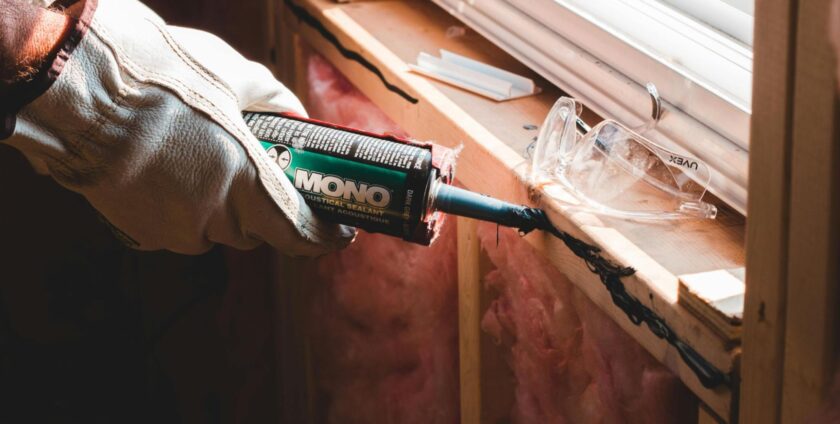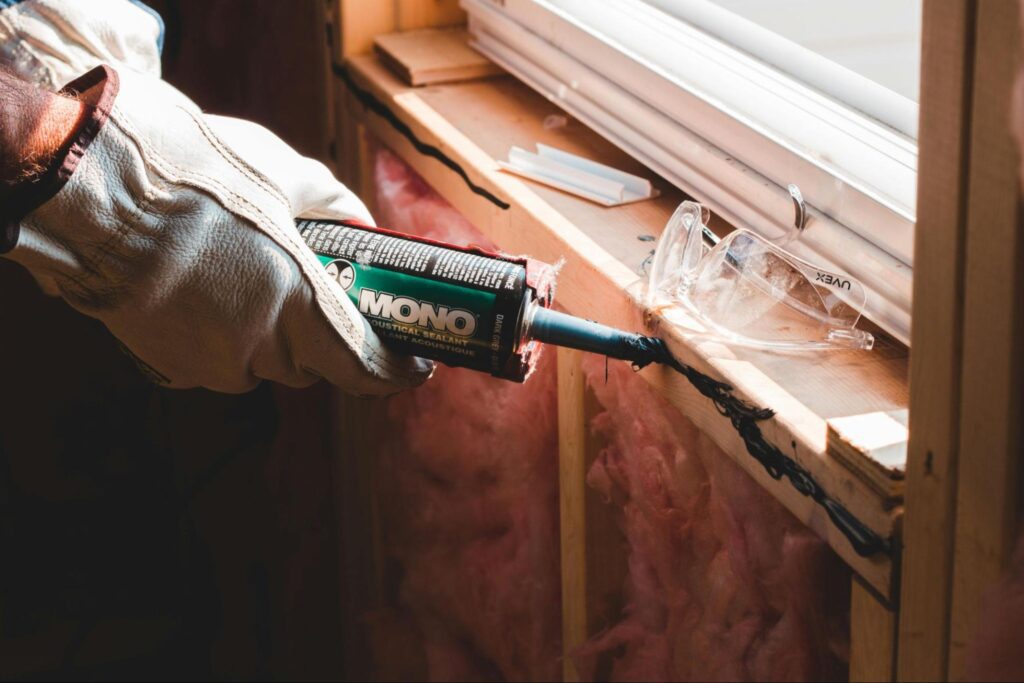
Insulation of your home is probably one of the most important steps in any long-term renovation. Proper insulation will significantly cut energy costs from heating bills for you as a homeowner, make your home more energy-efficient and warm, and add extra value to your property if you decide to sell.
However, if we put aside all the pros of insulating your home, the whole process can be very costly.
The Irish government and local authorities have implemented different grants to help homeowners insulate their homes. What types of grants are available and how to apply for them can be found in the following text.
What Is the Best Time of the Year to Insulate Your Home?

There are several factors you need to consider before you decide to insulate your home in Ireland. The time of year is very crucial to the overall integrity of this type of house renovation.
The best time to insulate your home is in the warm and dry months – for Ireland, that would be from late spring to early autumn. Weather conditions can sufficiently influence your contractors’ insulating process.
Insulation often involves opening walls, attics, or roofs. Getting any moisture trapped inside can lead to mould and bacteria growth, ultimately resulting in the need of a new renovation. Also, some insulation materials need dryer weather to set.
The other benefit of this time-frame is that you will feel the immediate effects of the insulation in autumn and winter time.
Types of Home Insulation Grants in Ireland

The Irish government and local authorities provide financial support in the form of grants if you want to insulate your home and make it more energy efficient.
Here, we will take a more detailed look at the different types and how to apply them.
Attic Insulation Grants
The Sustainable Energy Authority of Ireland (SEAI) has multiple grants to help you insulate your home.
One of those grants is especially for attic insulations. This is oftentimes the most cost-effective upgrade made to a house.
The types of homes that can benefit from this grant are:
- Apartments;
- Mid-terrace;
- Semi-detached or end of terrace;
- Detached house.
Depending on the size of the attic conversion, the sum of the grant varies between 800 and 1500 euros.
You can find a detailed list of all the application requirements on the SEAI website.
External Wall Insulation
External wall insulation is also covered under the SEAI grants. The materials are fixed on the outer surface of the external walls of your home.
You should keep in mind that if you are the owner of a historic home, you may need the assistance of an expert architect. The reason is that some modern-day materials are not suitable for insulating older homes.
The size of the grant varies depending on the house. It can be from 3000 to 8000 euros.
You can find the application requirements on the SEAI page.
Internal Wall Insulation
SEAI grants also cover internal wall insulation. This process involves the montage of insulation boards on the inside of the external walls of your home.
Depending on the size of your home, the grant varies from 1500 to 4500 euros.
Cavity Wall Insulation
Cavity insulation can be tricky because not many contractors can do it properly. Luckily, the SEAI offers a grant for cavity wall insulation and has certified professionals who do it.
This process of insulation includes injecting cavity walls from the outside with insulation.
Again, the grant value varies depending on the size of the property, from 700 to 1700 euros.
Insulation Grants for Pensioners
The Irish Government has a special grant in place to aid pensioners and disabled people with money for some much-needed home repairs.
The Housing Aid for Older People Grant is available for people above 66 years old to do essential repairs to their homes. This grant also covers home insulation.
Pensioners can also apply for all previously mentioned grants available from the SEAI if they meet the criteria.
Warmer Homes Scheme
The Warmer Homes Scheme is yet another grant available through the SEAI. This one covers 100% free insulation upgrades.
The eligibility criteria include receiving specific social welfare payments and owning your own home.
Comparison table between the different grants
Here, you can see a comparison between the different home insulation grants that we talked about, their eligibility criteria, and the amounts of the grants.
| Grant | Criteria | Amounts |
| SEAI Attic Insulation Grant | Must own and live in a home built before 2011. Available to private homeowners and landlords. One grant per property. Work must be done by SEAI-registered contractors. | Detached house: €1,500 Semi-detached/end-terrace: €1,300 Mid-terrace: €1,200 Apartment: €800 |
| SEAI Cavity Wall Insulation Grant | Same as the Attic Insulation Grant | Detached house: €1,700 Semi-detached/end-terrace: €1,200 Mid-terrace: €800 Apartment: €700 |
| SEAI External Wall Insulation Grant | Same as the Attic Insulation Grant | Detached house: €8,000 Semi-detached/end-terrace: €6,000 Mid-terrace: €3,500 Apartment: €3,000 |
| SEAI Internal Dry Lining (Wall Insulation) Grant | Same as the Attic Insulation Grant | Detached house: €4,500 Semi-detached/end-terrace: €3,500 Mid-terrace: €2,000 Apartment: €1,500 |
| Housing Aid for Older People Grant | Must be 66 years or older. Must own and live in the home. The home must be in poor condition, requiring essential repairs. Subject to means testing (income-based eligibility). | Up to €8,000 (Varies by local authority). |
| SEAI Warmer Homes Scheme | Must own and live in a home built before 2006. Must be receiving specific social welfare payments, such as Fuel Allowance or Carer’s Allowance. Work done at no cost to the homeowner. | 100% free insulation upgrades, including attic, cavity wall, external wall, and other energy efficiency measures. |
Steps for Applying to Insulation Grants
The different insulation grants available in Ireland have different requirements, so it’s crucial to follow the grant application process to the letter.
The first thing you need to do is to make sure you read and understand all the eligibility criteria. For example, the grants available with the SEAI must be used by licensed SEAI contractors. This is a key difference when applying for the grants.
Depending on the grant, you may need a Building Energy Rating (BER) for your home. This rating is done by a specialised BER assessor, who rates how energy-efficient your home is. Based on the report, you can decide which grant to apply for.
You can find additional information for the BER assessment on the SEAI website.
One thing that you can do to help you in this application process is to enlist the help of a professional consultant.
General Tips on Applying for Home Insulation Grants

Applying for grants can be really stressful and time-consuming.
Here are some general tips on how to do it:
- Read carefully and understand the requirements of the grant you want to apply for
- Gather all the necessary documents for the application procedure beforehand
- Always apply in the designated time period
- Make sure not to apply the last
- Carefully follow all requirements for the grand during the insulation process.
- Make sure you use a licensed contractor.
Insulating your home can have lasting benefits for you as a homeowner. Using the grants available in Ireland for your property will decrease your costs and will ultimately lead to better compliance with regulatory measures.
Frequently asked questions:
When is the best time to insulate my home?
The best time is during the warm and dry months of the year.
Are there grants in Ireland that cover 100% of the renovation sum?
Yes, the Warmer Homes Scheme is one such grant available in Ireland.
Which authority is responsible for giving out insulation grants?
The authority responsible for giving most insulation grants is the Sustainable Energy Authority of Ireland (SEAI)

